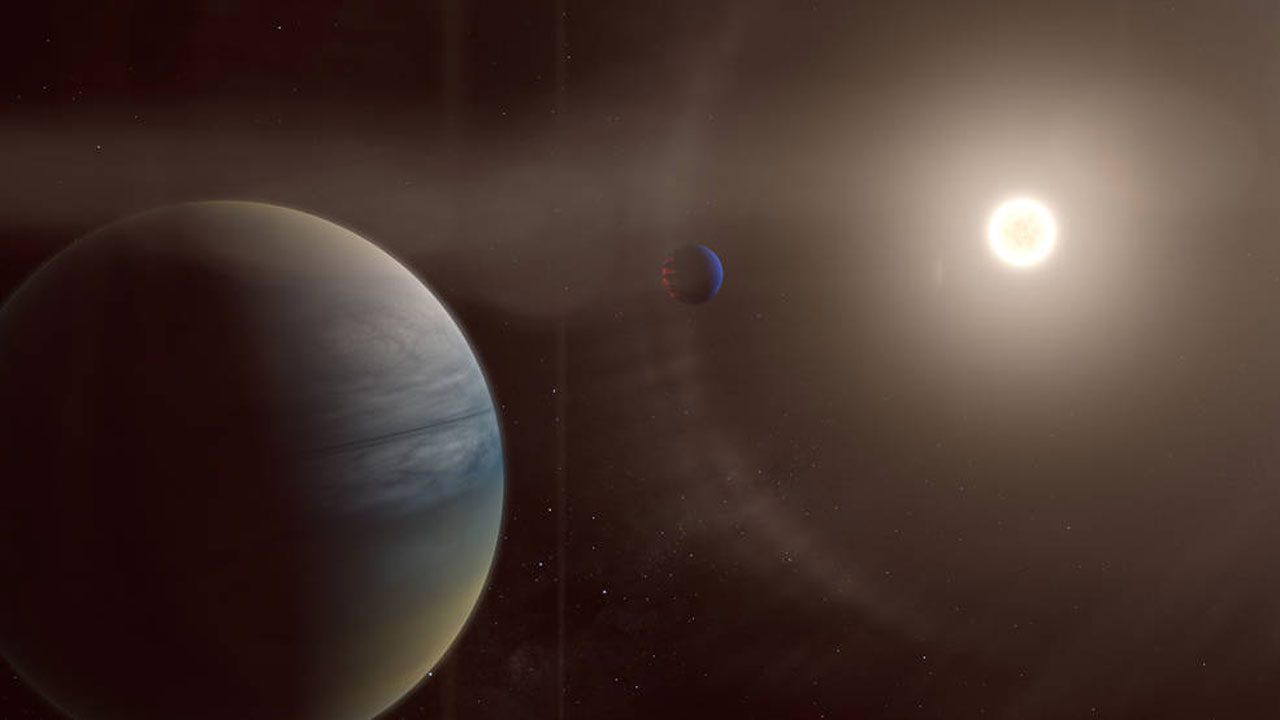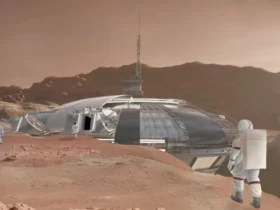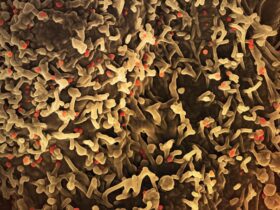Amateur scientists have assisted astronomers in locating new gaseous planets. Two exoplanets are orbiting a star similar to our sun at 352 light-years away from our planet.
Planet B and planet C, as the experts call them, orbit around star HD 152843. It’s always interesting to see new planets discovered outside of our solar system. HD 152843 is similar to our Sun in many ways; however, its mass is about 1.5 times bigger. The learned society and charity, The Royal Astronomical Society has shared more details of the recent findings at the beginning of June, 2021.
Experts say that planet B is comparable to Neptune. Its mass is 3.4 times bigger than our planet. The planet circles star HD 152843 in 12 days. Planet C on the other hand is 5.8 times larger than Terra. It orbits its Sun in about 19-35 days.
If would be to compare, considering that both planets would be located in our solar system, they would orbit the sun very closely.
The NASA-funded project, which let people help search for exoplanets using data from NASA’s Transiting Exoplanet Survey Satellite, or TESS mission, allowed citizen scientists to help discover these two planets by participating in Planet Hunters TESS.
Volunteer citizen scientists use TESS data to search through graphs that show the brightness of stars that the satellite observe, called light curves. In case of a dip brightness, it could mean that a planet has passed in front of the star during orbit, which is a transit.
If multiple people submit a similar light curve, these curves are collected by an algorithm in order to be analyzed by researchers.
This way, more information and knowledge about this new exoplanet star HD152843 could be analyzed and compared much easier.












Leave a Reply